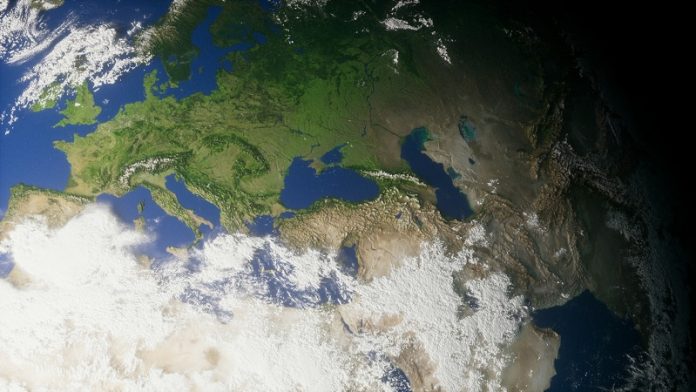
The formation of Earth’s continents billions of years ago set the stage for life to thrive.
However, scientists have long debated how these landmasses came into existence and whether they were formed through geological processes that still occur today.
A recent study led by David Hernández Uribe from the University of Illinois Chicago, published in Nature Geoscience, brings new insights into this debate.
His research questions the leading theory on continent formation.
Using computer models, Hernández Uribe investigated the formation of magmas, which are molten substances that cool to form rocks and minerals. These magmas are thought to hold clues about the origins of continents.
Hernández Uribe specifically looked for magmas that match the composition of rare mineral deposits called zircons.
These zircons date back to the Archean period, 2.5 to 4 billion years ago, when scientists believe continents first formed.
Last year, researchers from China and Australia published a paper suggesting that Archean zircons could only form through a process called subduction. Subduction occurs when two tectonic plates collide underwater, pushing landmasses to the surface. This process, still active today, causes earthquakes and volcanic eruptions, reshaping coastlines.
However, Hernández Uribe, an assistant professor of earth and environmental sciences, discovered that subduction is not necessary to create Archean zircons. Instead, he found that these minerals could form through high pressure and temperatures associated with the melting of Earth’s thick primordial crust.
“Using my calculations and models, you can get the same signatures for zircons and even provide a better match through the partial melting of the bottom of the crust,” Hernández Uribe explained. “So based on these results, we still do not have enough evidence to say which process formed the continents.”
His findings also cast doubt on the timeline for when plate tectonics began on Earth. If the first continents formed through subduction, it would suggest that tectonic plate movements started between 3.6 and 4 billion years ago, only 500 million years after the planet’s formation. But if the continents formed through the melting of the crust, subduction and tectonic activity could have started much later.
“Our planet is the only one in the solar system with active plate tectonics as we know it,” Hernández Uribe said. “And this is related to the origin of life, because how the first continents moved controlled the weather, the chemistry of the oceans, and all that is related to life.”
This new research highlights the complexity of Earth’s early history and shows that we still have much to learn about the processes that shaped our planet. The debate over how continents formed continues, but studies like this bring us closer to understanding our planet’s past and its influence on the development of life.



